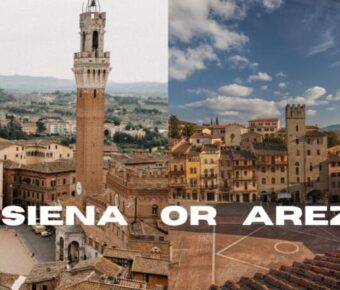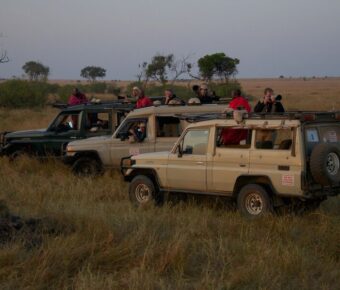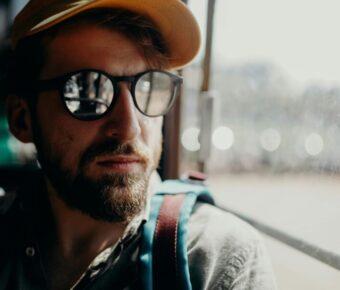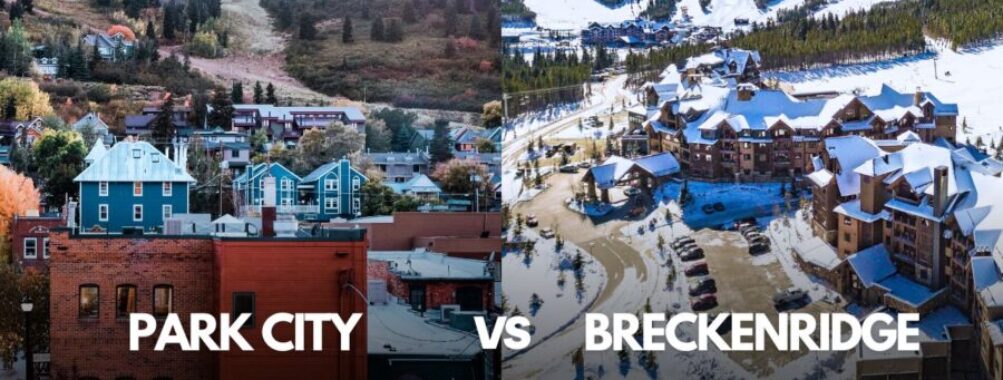
Park City vs Breckenridge: Which Premier Ski Destination Offers the Ultimate Mountain Experience in 2025?
Trying to decide between Park City and Breckenridge for your next ski trip? These popular destinations offer unique experiences that cater to different preferences. Breckenridge typically has better early-season snow conditions since it sits at a higher elevation (9,600 feet) than Park City (6,800 feet).
Both resorts were once mining towns that have transformed into ski havens, but each has its vibe. Park City offers convenience with its proximity to Salt Lake City airport (about 30 miles away), making it easier to reach than Breckenridge. Size matters too – Park City boasts twice the skiable terrain of Breckenridge, giving skiers more variety.
The towns themselves offer different atmospheres. Breckenridge tends to be more lively and fun-oriented, while Park City has a slightly more subdued feel. For beginners, Breckenridge shines with excellent learning terrain, including designated slow skiing zones like Bonanza off Peak 9 and Springmeier on Peak 8.
Table of Contents
- Geographical Overview
- Historical Significance
- Mountain Statistics and Terrain
- Breckenridge Ski Stats
- Park City Ski Stats
- Seasonal Activities
- Winter Adventures
- Summer Recreation
- Resort Facilities and Amenities
- Breckenridge Amenities
- Park City Amenities
- Ski and Snowboard Schools
- Breckenridge Learning Programs
- Park City Learning Programs
- Lifestyle and Community
- Breckenridge Community
- Park City Community
- Dining and Culinary Scene
- Breckenridge Cuisine
- Park City Cuisine
- Accommodation Comparison
- Breckenridge Lodging Options
- Park City Lodging Options
- Equipment Rentals and Gear Shops
- Local Events and Festivities
- Accessibility and Transportation
- Frequently Asked Questions
- Can you provide insights on the weather patterns in Park City compared to Breckenridge?
- What are the cost considerations when choosing between a vacation in Park City and Breckenridge?
- What makes Park City a prominent destination for skiers and outdoor enthusiasts?
- Book Your Dream Experience
- More Travel Guides
Geographical Overview

Park City and Breckenridge are two of America’s most beloved ski destinations, each with distinct locations and natural features. Park City sits in Utah, about 30 miles east of Salt Lake City.
This proximity to a major airport is a huge advantage for travelers. You can land and be on the slopes within an hour!
Breckenridge, located in Colorado, is roughly 80 miles west of Denver. The journey from Denver International Airport typically takes about two hours, making it less accessible than Park City.
Regarding elevation, Breckenridge stands at a lofty 9,600 feet above sea level, while Park City is lower at around 7,000 feet. This elevation difference affects the snow quality and how visitors might experience altitude adjustment.
Park City boasts more sunny days (about 229 per year) than Breckenridge, making it appealing for year-round activities. Utah resorts also tend to receive more snowfall on average.
Size-wise, Park City is approximately twice as large as Breckenridge, offering more terrain to explore. This gives skiers and snowboarders more variety during their stay.
For those interested in exploring multiple resorts, Breckenridge offers the advantage of being near popular Colorado destinations like Vail and Keystone. This cluster of resorts creates a ski paradise within reasonable driving distance. Both towns are surrounded by stunning mountain scenery, though their specific mountain ranges and natural features have distinct character and beauty.
Historical Significance
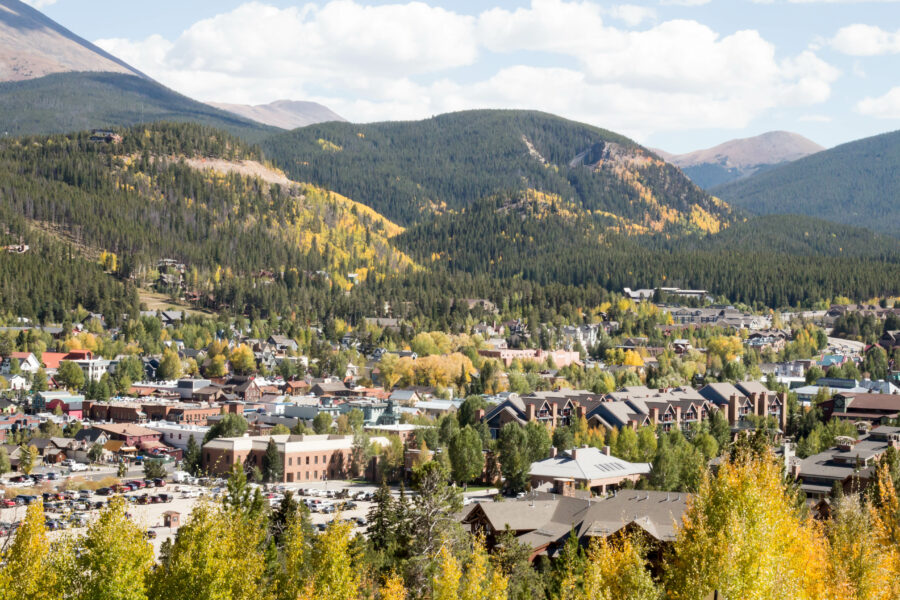
Breckenridge and Park City boast fascinating histories that shape their unique character today. Breckenridge’s story begins with the gold rush of the 1850s.
The town’s Victorian architecture gives visitors the feeling of returning in time. Many original buildings still line Main Street, creating a charming historic district that tells the tale of mining booms and busts.
Park City’s history is similarly rooted in mining, but with a silver focus rather than gold. The town experienced its heyday in the late 19th century before transforming into a ski destination. Park City Mountain opened in 1963 as “Treasure Mountains,” a nod to its mining heritage.
Both towns saw dramatic shifts from mining to tourism. Breckenridge’s rich history includes colorful characters, saloons, and brothels – elements that give the city its authentic Western feel today.
Like Breckenridge’s Main Street, Park City’s Main Street features beautifully preserved historic buildings. Many former mining structures have been repurposed into shops, restaurants, and galleries.
Breckenridge’s Victorian charm contrasts with Park City’s slightly more modernized historic area. Breckenridge embraces its mining past through year-round landmark tours and museums that showcase its gold mining heritage.
While both towns celebrate their mining roots, they’ve evolved differently. Breckenridge maintains its frontier town atmosphere, while Park City has incorporated more contemporary elements alongside its historic buildings.
See Related: Solo Travel Hacks for the Best Winter Escapades
Mountain Statistics and Terrain
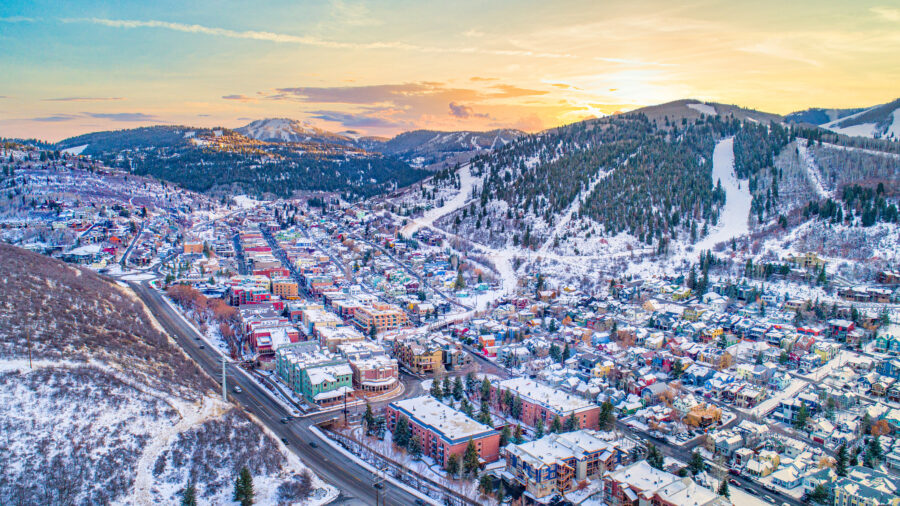
When comparing ski destinations, the numbers tell an important story. Breckenridge and Park City offer different experiences based on their size, difficulty levels, and terrain features that shape your time on the mountain.
Breckenridge Ski Stats
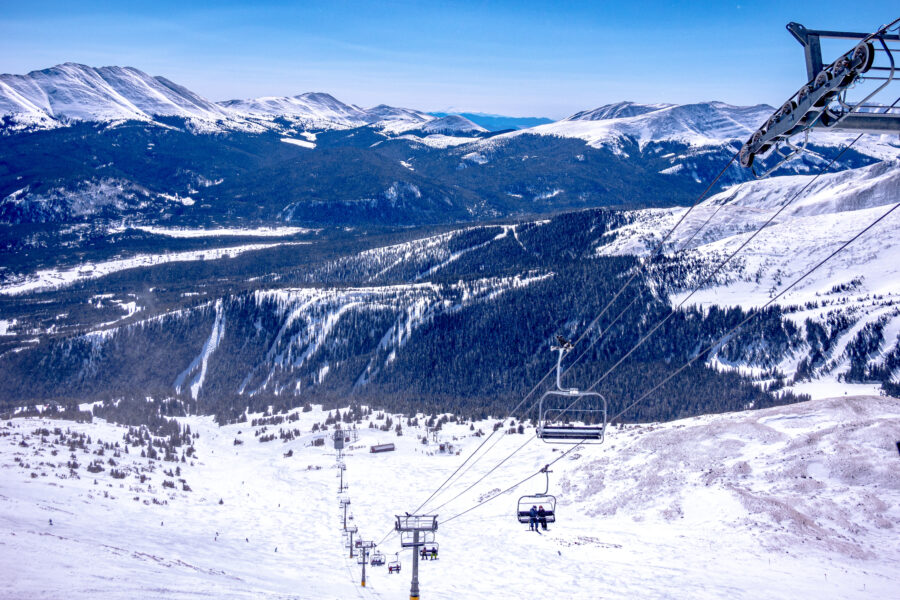
Breckenridge spans 2,908 acres of skiable terrain with 155 trails. The mountain features 34 lifts to keep lines moving efficiently during busy periods.
Trail difficulty breakdown:
- Beginner (green): 22 trails (14%)
- Intermediate (blue): 58 trails (37%)
- Advanced/Expert (black): 75 trails (49%)
The resort boasts five peaks with elevations ranging from 9,600 to 12,998 feet, making it one of North America’s highest ski resorts. This elevation contributes to Breck’s reliable snow conditions.
Breck is known for its excellent terrain parks and half-pipes. The mountain receives around 300 inches of annual snowfall, providing plenty of powder days throughout the season.
Park City Ski Stats
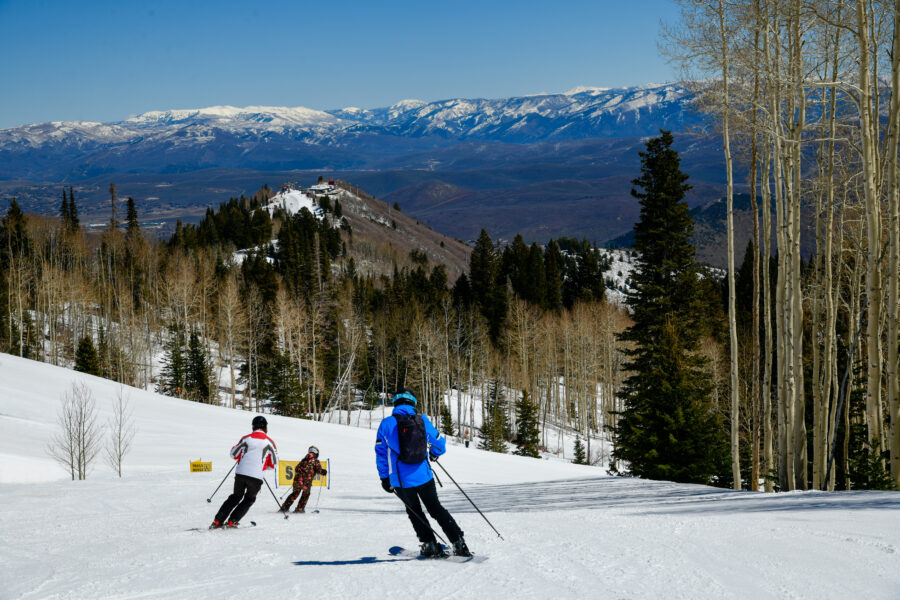
Park City Mountain Resort is significantly larger, covering 7,300 acres after merging with Canyons Resort. With 114 trails, it has fewer named runs than Breckenridge despite the larger acreage.
Trail difficulty at Park City:
- Beginner (green): 20 trails (18%)
- Intermediate (blue): 52 trails (45%)
- Advanced/Expert (black): 42 trails (37%)
The resort features 41 lifts, including high-speed quads and gondolas. Its elevation ranges from 6,800 to 10,026 feet, notably lower than Breck’s.
Park City’s terrain is more spread out and has more extended runs. The mountain averages about 360 inches of Utah’s famous dry powder annually. Its proximity to Salt Lake City (just 30 miles) makes it more accessible than Breckenridge, about two hours from Denver.
Seasonal Activities
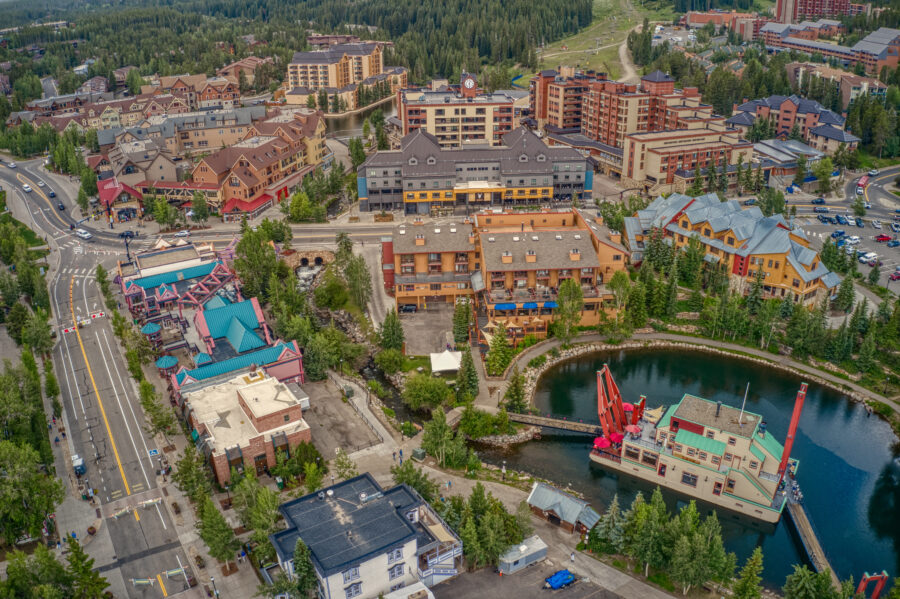
Both Park City and Breckenridge offer amazing activities year-round that attract visitors beyond just the ski season. Each destination shines with unique experiences that change with the seasons.
Winter Adventures
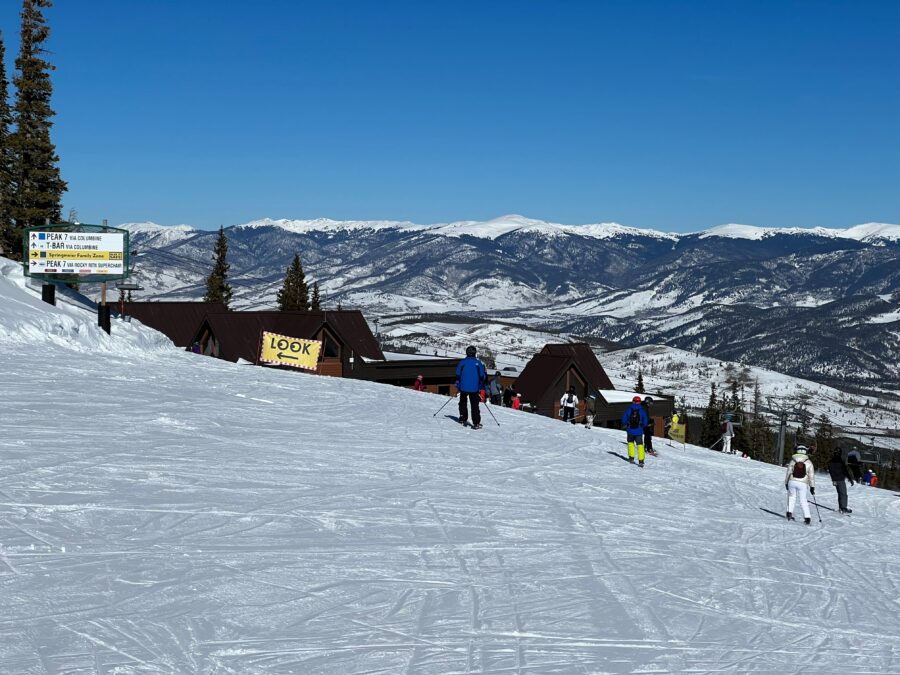
Skiing is the main attraction in both locations during the winter months. Breckenridge is at a higher elevation (9,600 feet) than Park City (7,000 feet), which often means better early-season snow conditions if Mother Nature cooperates.
Breckenridge tends to have longer lift lines on weekends. As one visitor noted, “If you plan on skiing during the weekend and like waiting in line, go to Breck.” Park City isn’t much better in this regard, with one reviewer saying, “If you love waiting in lines, go to Park City.”
Both resorts cater well to snowboarders with terrain parks and varied runs. Beginners might find Park City’s lower elevation easier to adjust to, as the higher altitude in Breckenridge can cause breathing difficulties for some visitors.
Summer Recreation
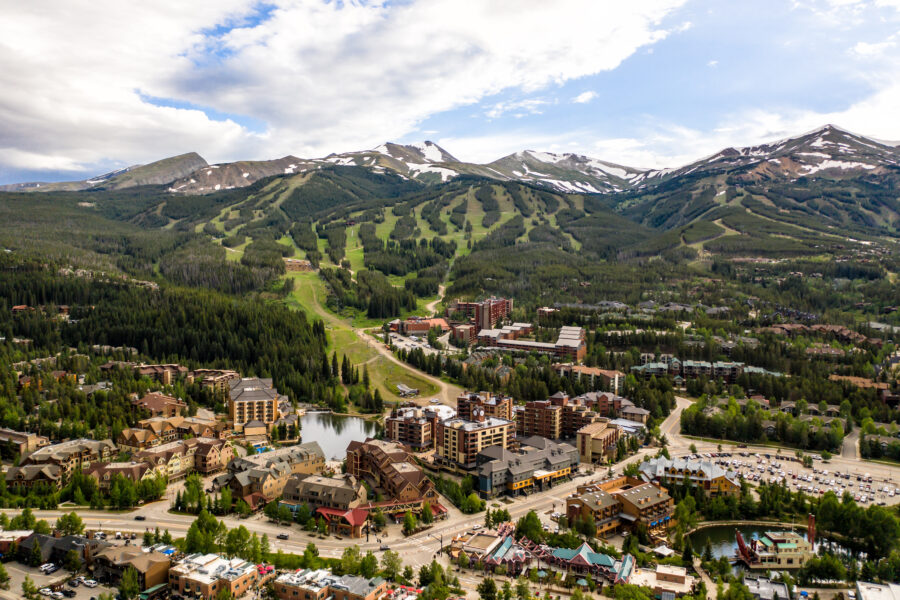
Both mountain towns transform into summer playgrounds with extensive hiking trails that showcase stunning alpine scenery when the snow melts. Park City offers a Historic Walking tour from mid-June through Labor Day, letting visitors experience the town’s rich mining heritage. The trails around both destinations provide options for all skill levels.
Breckenridge’s higher elevation keeps temperatures cooler in summer, making it ideal for hiking without excessive heat. Many winter ski trails convert to mountain biking paths in summer.
Park City has developed a reputation for its unique shops and restaurants that stay open year-round, creating a lively atmosphere even in warmer months. The town feels more cosmopolitan compared to Breckenridge’s charming, historic vibe.
Resort Facilities and Amenities
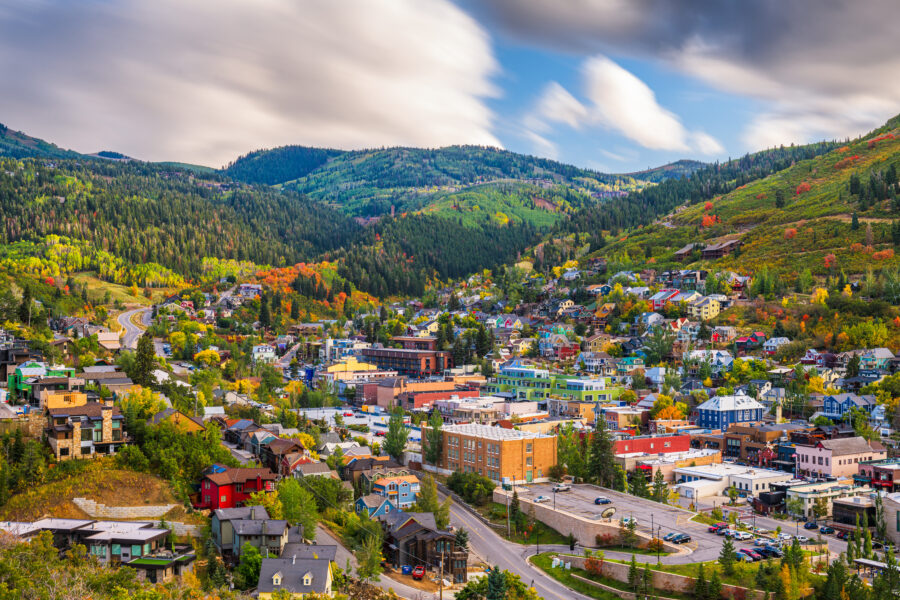
Both ski destinations offer impressive facilities that cater to visitors’ needs on and off the slopes. From lodging options to dining experiences, these resorts understand that a ski vacation extends beyond just skiing.
Breckenridge Amenities

As locals call it, Breck packs a lot into its charming historic town. The resort features 34 lifts, including a gondola from the city to the slopes. No need to drive or catch a shuttle!
The town has over 200 shops and boutiques along its Victorian-style Main Street. You’ll find everything from ski gear to unique souvenirs and art galleries. Most are within walking distance of lodging.
When it comes to food, Breck doesn’t disappoint. The town boasts over 80 restaurants, ranging from casual pizzerias to upscale dining spots. After a day on the slopes, try Breckenridge Brewery for local craft beers.
Lodging options include cozy B&Bs, luxury hotels, and mountain condos. Many accommodations offer ski-in/ski-out access, making it convenient to hit the slopes early.
Park City Amenities
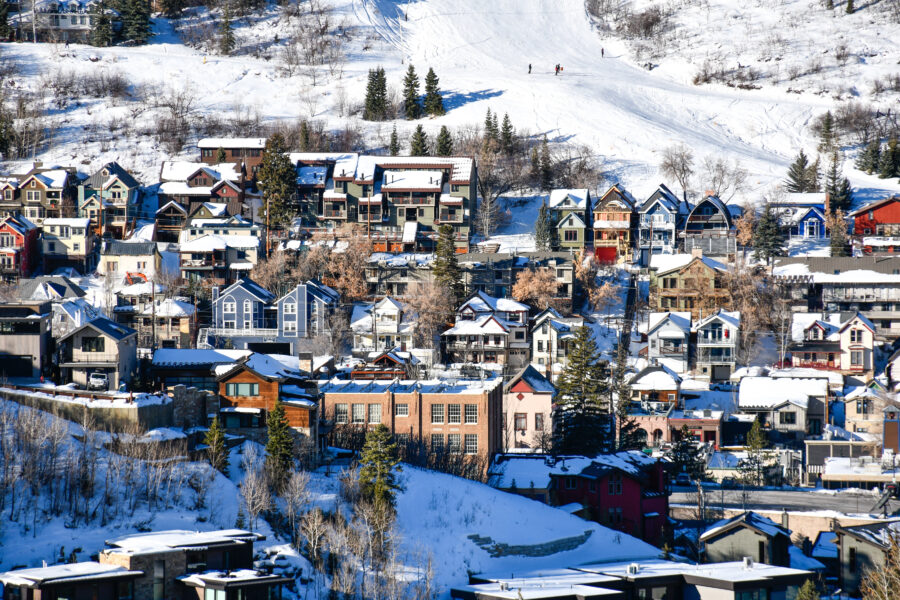
Park City boasts a larger ski area with approximately 7,300 acres of skiable terrain served by 41 lifts. The town connects directly to the mountain via the Town Lift, seamlessly blending urban amenities with slope access.
Main Street features over 100 restaurants, from casual eateries to fine dining establishments. The food scene here is impressive, with many places featuring locally-sourced ingredients and innovative menus. High West Distillery offers a unique experience as the world’s only ski-in gastro-distillery.
Shopping options are plentiful, from outdoor gear shops to high-end boutiques. The town also hosts outlet malls for bargain hunters.
Lodging ranges from budget-friendly options to ultra-luxury resorts like the St. Regis and Montage. Many accommodations offer shuttle services to the slopes if they aren’t already ski-in/ski-out properties. Park City also houses the Utah Olympic Park, where visitors can try bobsledding or watch athletes train.
Ski and Snowboard Schools
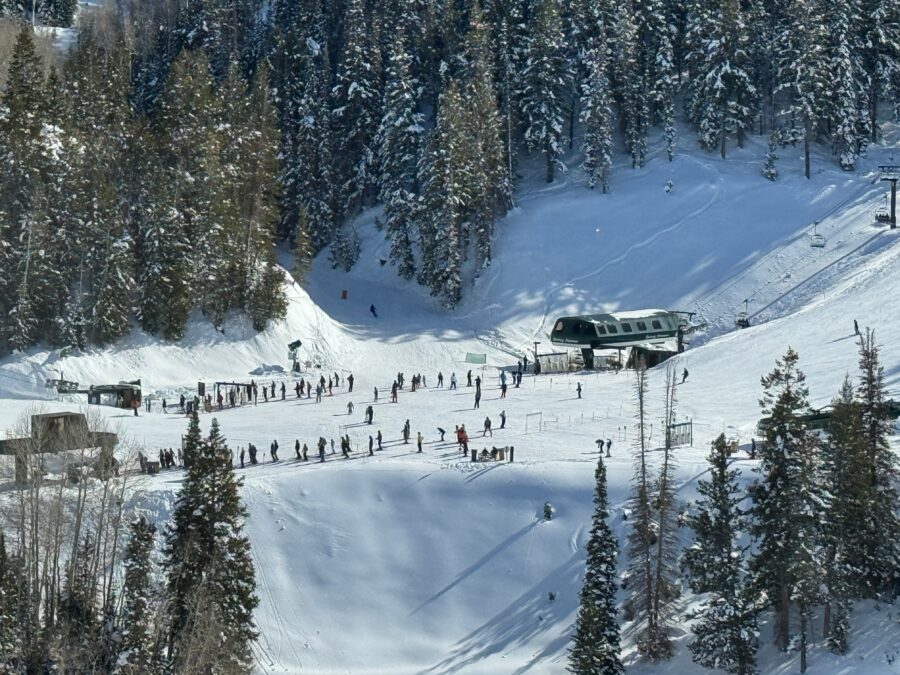
Both resorts offer excellent learning opportunities for skiers and snowboarders of all levels. The teaching approaches differ slightly, with unique program structures and specialties at each location.
Breckenridge Learning Programs
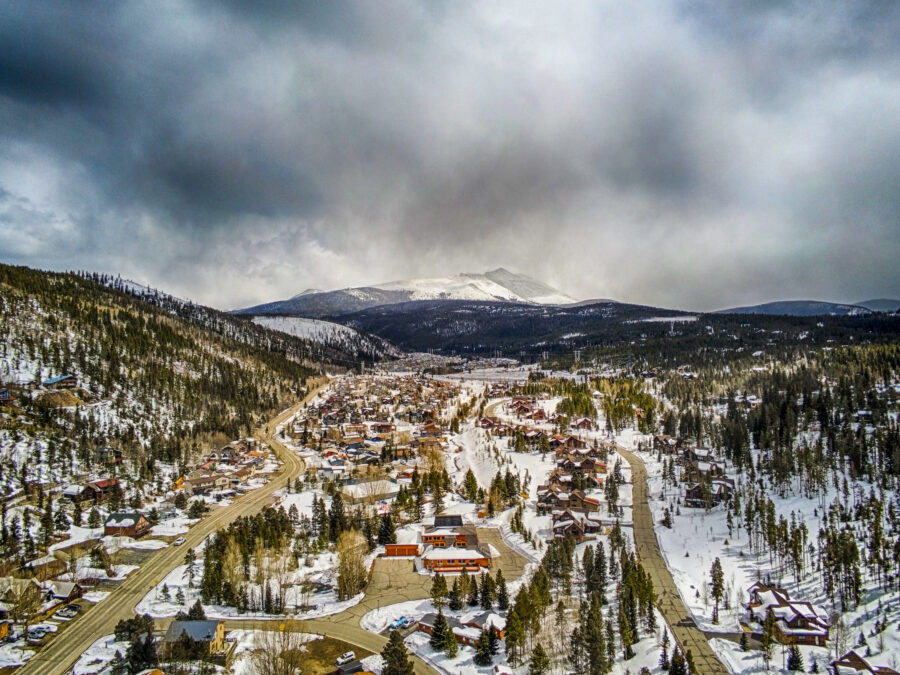
Breck’s ski and snowboard school is known for its comprehensive approach to teaching. It offers programs divided by age groups, starting with tiny tots as young as 3 years old in its “Pandas” program. Its beginner-focused lessons emphasize fundamentals while making learning fun.
The resort’s instructors are highly trained, with many holding advanced certifications. Group lessons typically have 4-8 students, providing decent individual attention without the premium price of private instruction.
One standout feature at Breck is its specialized terrain-based learning areas. These specially designed slopes help beginners grasp concepts like turning and stopping more intuitively. Breck has also developed progression-based teaching that builds skills systematically.
For advanced lessons, Breck offers specialized clinics focusing on park skills, moguls, and steep terrain. Their women-specific programs are particularly popular.
Park City Learning Programs
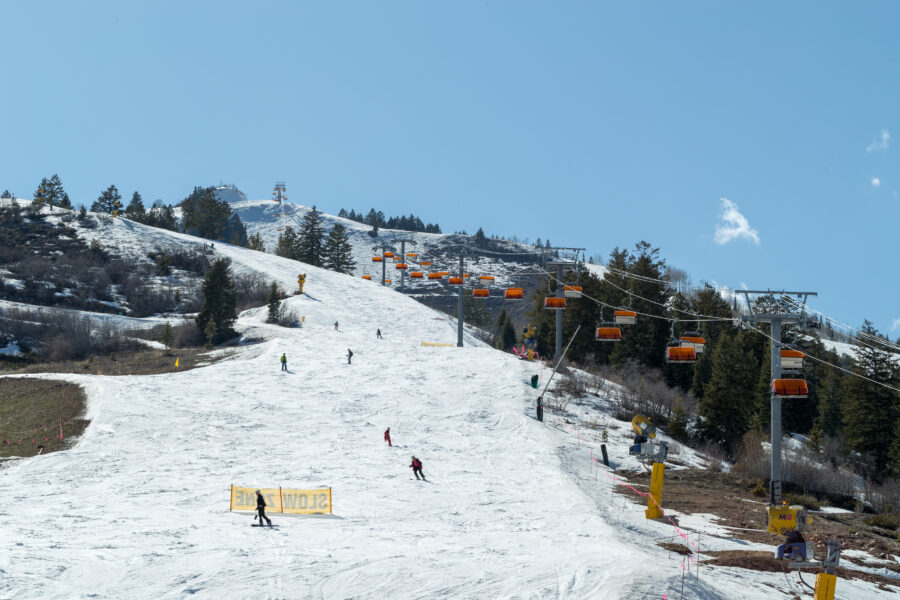
Park City’s learning programs benefit from its lower elevation, making it physically easier for beginners who might struggle with altitude sickness. Their ski school features a “Learn to Ski/Ride” package that includes equipment, a lift ticket, and instruction—all at a competitive price point.
Their “StartNOW” program for first-timers guarantees you’ll be skiing or riding on green runs by your third lesson, or you’ll receive free additional lessons. This confidence-building approach works well for hesitant beginners.
Park City excels with its adaptive programs for students with disabilities or special needs. Their instructors receive specialized training for diverse learning styles and physical abilities.
Their terrain-based learning approach utilizes specially sculpted features to help beginners master balance and turning. The resort also offers specialized clinics for intermediate and advanced skills development, including tree skiing and powder techniques.
See Related: Breckenridge vs Aspen: Key Differences to Know Before Booking Your Colorado Ski Getaway
Lifestyle and Community
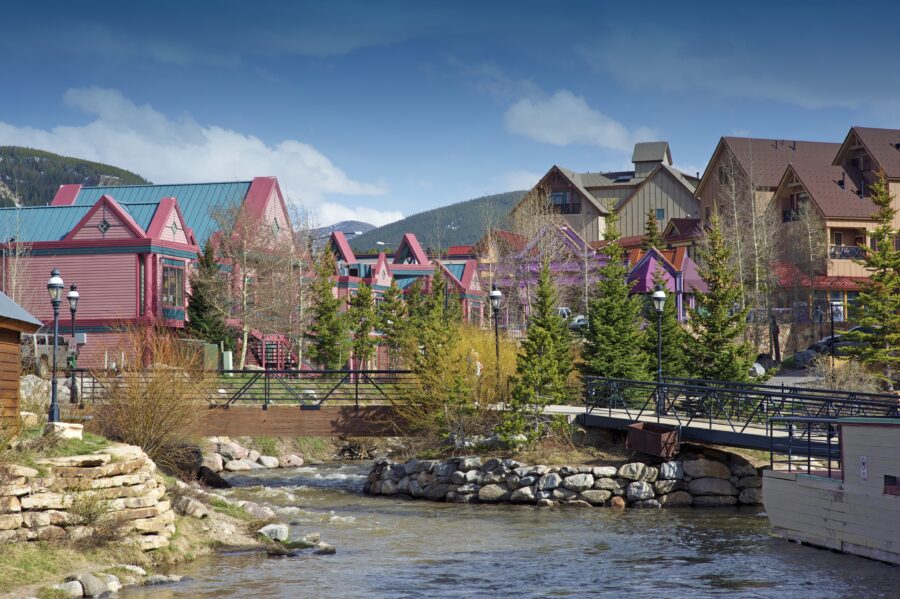
Both Breckenridge and Park City offer distinct community vibes that shape the lifestyle of residents and visitors alike. Each town has developed its unique character through history, cultural offerings, and the people who call these mountain destinations home.
Breckenridge Community
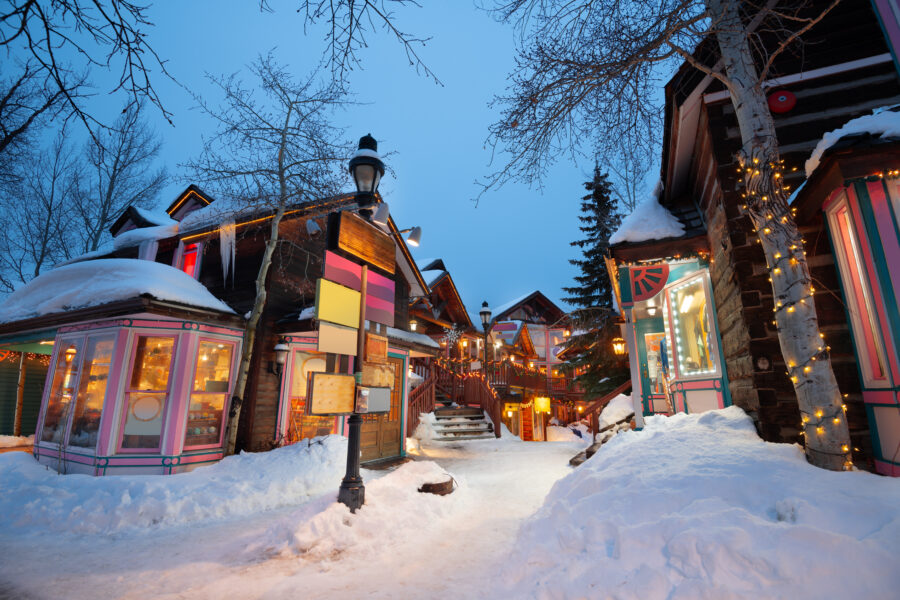
Breck has maintained its authentic mountain town charm with a tight-knit community feel. The historic Main Street is the heart of town, lined with colorful Victorian buildings that house local shops, restaurants, and galleries.
The community here tends to embrace a more laid-back, outdoorsy lifestyle. Locals are passionate about mountain sports and environmental conservation. You’ll often see people chatting on street corners or grabbing coffee together after a morning on the slopes.
Breck hosts several community events throughout the year that bring everyone together. The Ullr Fest celebrates the Norse god of snow with a quirky parade and town-wide party. The Breckenridge International Festival of Arts showcases creativity with installations scattered across town.
The population includes a mix of long-time locals, seasonal workers, and second-home owners. This creates a welcoming atmosphere where visitors often feel like temporary locals rather than tourists.
Park City Community
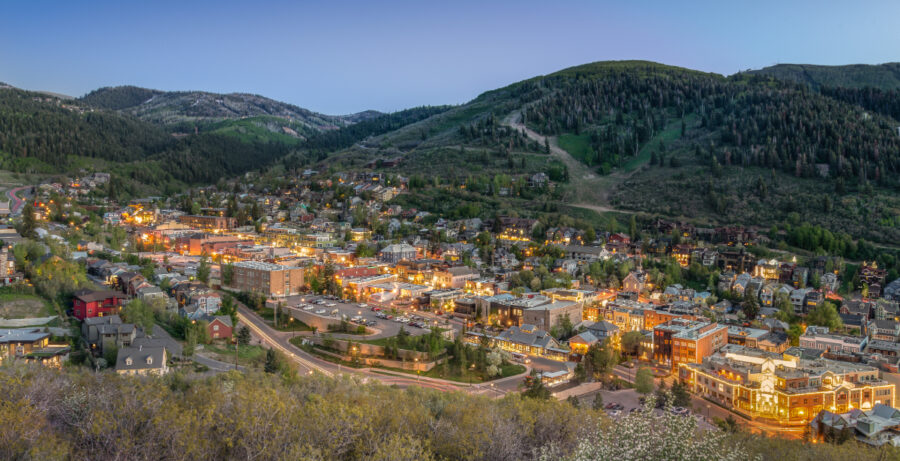
Park City offers a more polished, upscale community vibe while still maintaining mountain town authenticity. The town balances luxury and laid-back, attracting a diverse mix of residents from wealthy second-home owners to outdoor enthusiasts.
Historic Main Street is the cultural hub with high-end galleries, boutiques, and restaurants housed in preserved mining-era buildings. The community here has stronger connections to the nearby urban center of Salt Lake City, creating a more cosmopolitan feel.
The Sundance Film Festival transforms the town each January, bringing Hollywood energy and international visitors. This event has shaped Park City’s identity as a place where mountain lifestyle meets cultural sophistication.
Park City residents value both outdoor recreation and cultural experiences. The community supports a thriving arts scene with multiple galleries and the Kimball Arts Center offering year-round programming. Local initiatives focus on sustainability and preserving open spaces, reflecting residents’ commitment to maintaining the area’s natural beauty.
Dining and Culinary Scene
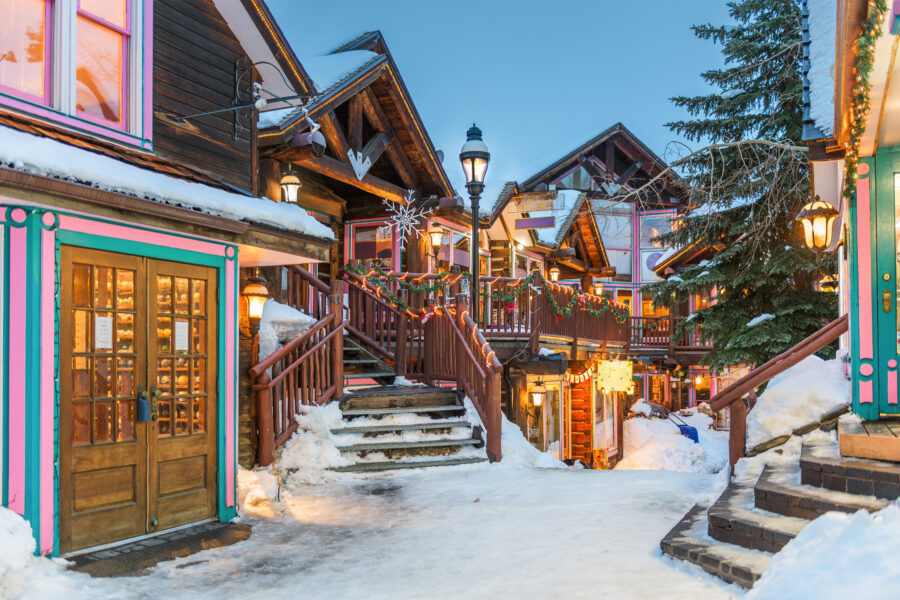
Both ski towns offer distinctive food experiences that reflect their unique mountain cultures. The dining scenes in both destinations cater to hungry skiers and foodies alike, with options ranging from casual eateries to high-end restaurants.
Breckenridge Cuisine
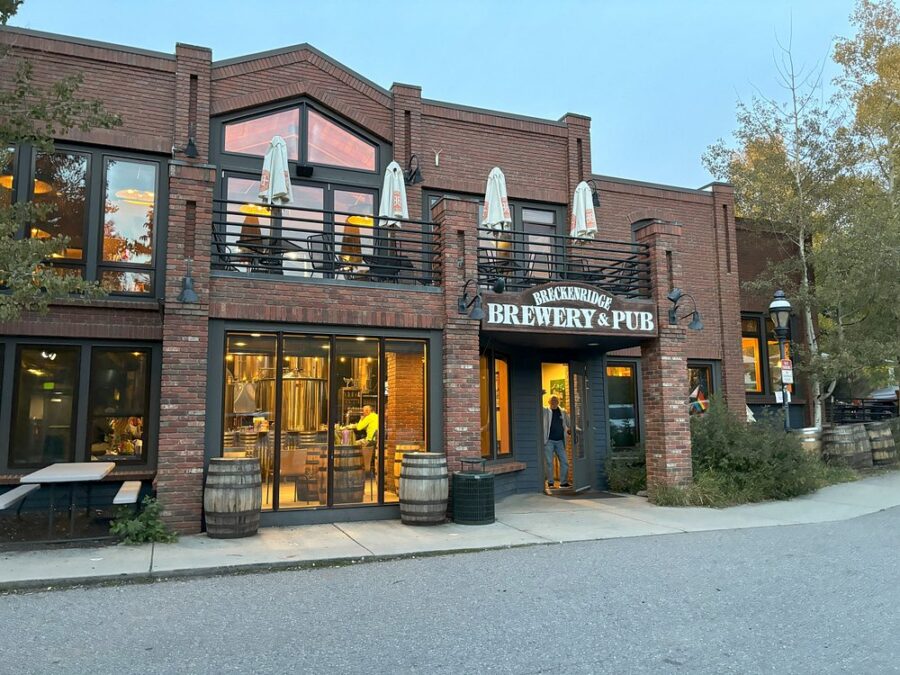
Breck’s food scene leans heavily toward comfort food and pub fare, perfect after a long day on the slopes. Main Street hosts many of the town’s popular spots, where cozy restaurants serve hearty Colorado classics.
T-shirt shops and bars dominate parts of the dining landscape, creating a lively but somewhat predictable atmosphere. Many restaurants prefer casual dining experiences with generous portions rather than haute cuisine.
For breakfast, you might grab a quick bite at a local bakery before hitting the slopes. Dinner options include steakhouses and brewpubs serving craft beers alongside mountain-inspired dishes.
Ember stands out as one of Breck’s more upscale dining experiences, offering creative dishes in a more refined setting than many of its neighbors.
Park City Cuisine
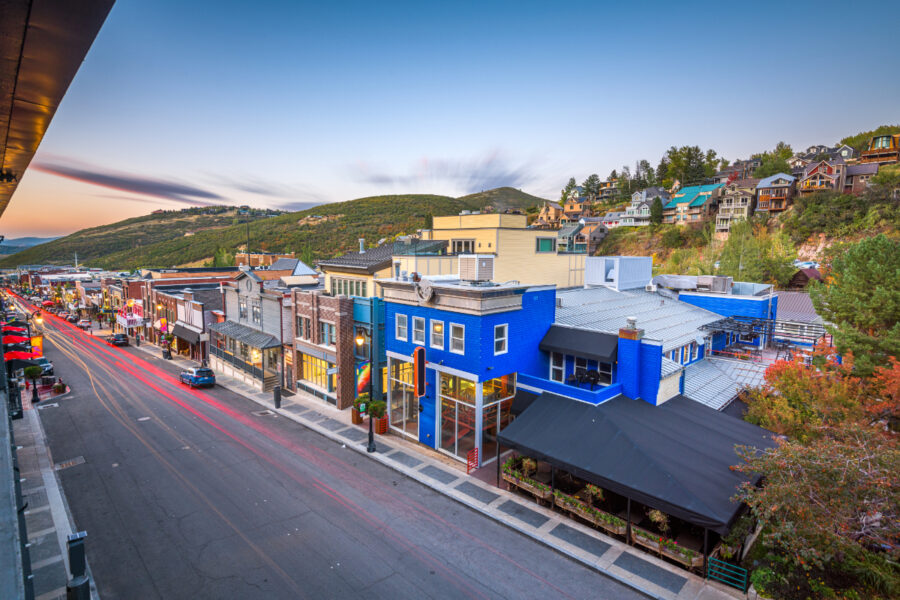
Park City boasts a more sophisticated culinary landscape with several award-winning restaurants. The food scene here has evolved beyond typical ski town fare to include diverse international options and chef-driven concepts.
Main Street in Park City features unique dining establishments housed in historic buildings, creating a charming atmosphere for evening meals. You’ll find everything from upscale steakhouses to innovative farm-to-table restaurants.
The town attracts talented chefs who bring a creative flair to mountain cuisine. Compared to Breckenridge, Park City hosts more unique shops and restaurants, offering visitors a broader range of dining experiences.
Many locals and repeat visitors praise Park City’s food scene for its quality and variety. Park City satisfies diverse palates and dietary preferences, from casual lunch spots to elegant dinner destinations.
Accommodation Comparison
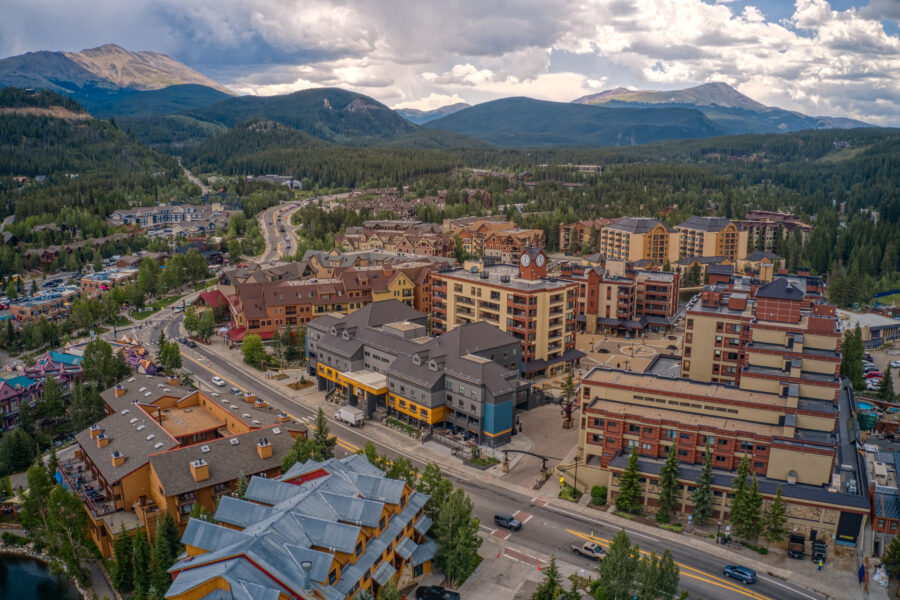
Finding the right place to stay can make or break your ski vacation. Both Breckenridge and Park City offer a range of accommodation options with distinct characteristics and price points.
Breckenridge Lodging Options

Breckenridge accommodations are more budget-friendly than Park City’s, with average daily costs around $301 per person. The town features a mix of historic Victorian-style lodges and modern condo developments.
Many visitors opt for ski-in/ski-out properties near the base of Peak 8 or Peak 9. These options put you on the slopes but come at a premium price.
Downtown lodging is popular for those who want to be close to restaurants and nightlife. The charming Main Street area has several boutique hotels in renovated historic buildings.
Budget travelers should look at the Warrior’s Mark or Blue River properties. These neighborhoods offer more affordable options, and they are just a short shuttle ride from the ski resort.
Vacation rentals dominate the market, with many condos available through Booking.com and similar sites.
Park City Lodging Options
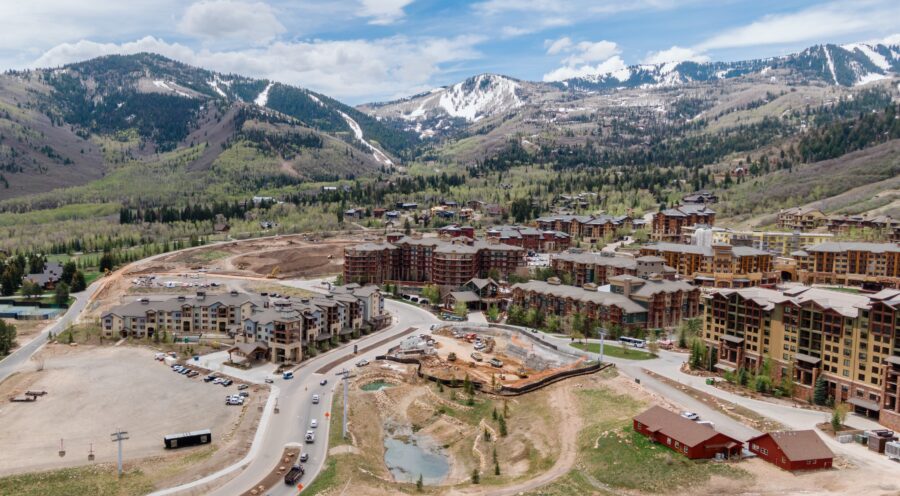
Park City lodging tends to be more expensive, with daily costs averaging around $368 per person. The town offers many luxury options, particularly around the Deer Valley area.
The Main Street district features historic buildings converted into upscale hotels and boutique accommodations. Staying here puts you in the heart of Park City’s dining and entertainment scene.
Canyons Village provides a more resort-style experience with full-service hotels and amenities. Many properties here offer convenient ski-in/ski-out access to the slopes.
For families or larger groups, numerous vacation homes and condos are available in neighborhoods like Prospector and Old Town. These often provide more space and kitchen facilities.
Accommodation prices skyrocket during the Sundance Film Festival in January, so plan accordingly. Booking well in advance through Expedia or similar sites can help secure better rates.
Park City also offers more luxury hotel brands and five-star properties than Breckenridge for those seeking high-end experiences.
Equipment Rentals and Gear Shops
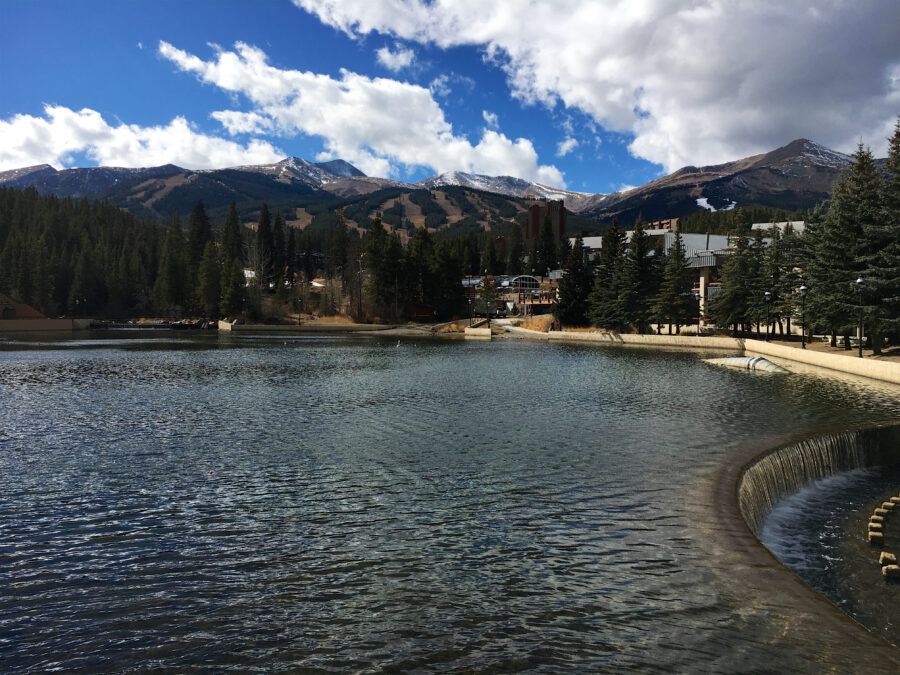
Both Park City and Breckenridge offer plenty of options for renting ski and snowboard equipment during your mountain vacation.
Numerous rental shops exist in Breckenridge, both in town and on the mountain. Blue River Sports, located just off Main Street, is popular and has convenient parking. They offer discounts if you reserve your gear in advance.
The resort itself operates Epic Mountain Rentals, which has locations throughout Breckenridge. They provide professional fittings and a wide selection of premium equipment. Many visitors appreciate their friendly staff and expert advice.
For convenience in Breck, look for rental shops near your accommodation. Most allow you to reserve online before your trip, saving time and sometimes money. Some places even offer delivery service right to your lodging.
Park City also features a robust selection of rental shops, from high-end boutiques to more budget-friendly options. Many are concentrated in the main village area, making them easily accessible.
Both destinations have shops that cater to different skill levels, from complete beginners to advanced riders. Packages typically include skis/boards, boots, and poles if needed.
Rental Tips for Both Destinations:
- Book in advance during peak season
- Ask about multi-day discounts
- Consider delivery options if available
- Check if storage is included with your rental
- Don’t forget to inquire about helmet rentals
Many rental shops in both locations also sell gear, accessories, and clothing if you forget anything or want to take home a souvenir.
Local Events and Festivities
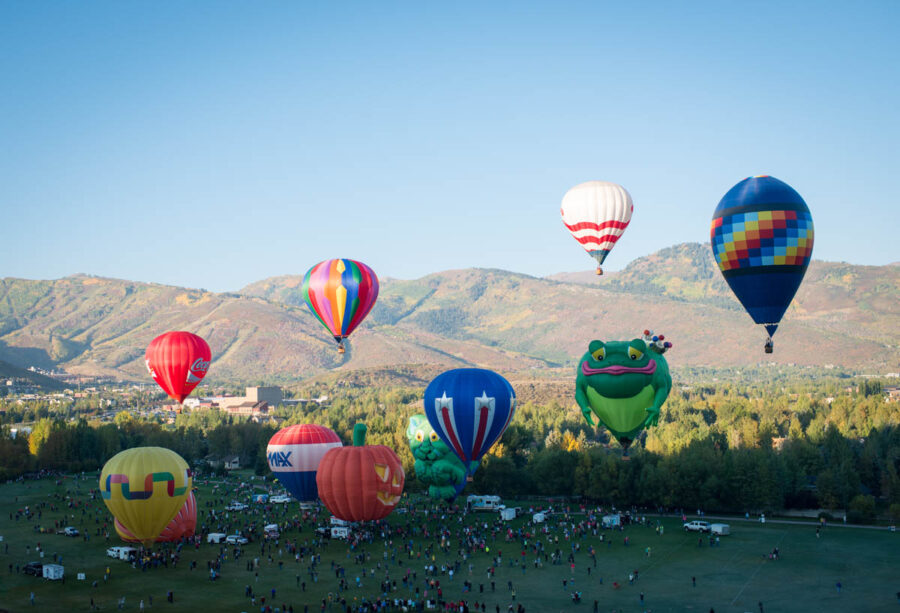
Both Breckenridge and Park City know how to throw a party! These mountain towns offer year-round celebrations that showcase their unique cultures and outdoor lifestyles.
Breckenridge’s calendar is packed with vibrant festivals throughout the year. The town celebrates its stunning outdoor scenery with events for every season. From winter’s Snow Sculpture Championships to summer’s Food and Wine Festival, there’s always something happening.
Music lovers will find plenty to enjoy in Breck. The Breckenridge Music Festival brings classical performances to the mountains during summer, while various concerts pop up across venues year-round.
Park City doesn’t lack celebrations, either. Every January, the world-famous Sundance Film Festival attracts celebrities and film buffs, transforming the town into a buzzing cultural hub.
Spring at Park City brings Peaks & Beats with music across the mountain in late March. The perfect way to celebrate as ski season winds down!
Both destinations excel at blending outdoor recreation with cultural experiences. Food festivals, art shows, and sporting competitions happen regularly throughout the year in each location.
For families, Breckenridge offers kid-friendly events like the International Snow Sculpture Championships and summer activities.
Park City counters with events like Autumn Aloft (a hot air balloon festival) and various music festivals that unite the community in spectacular mountain settings. Timing your visit around one of these special events can add an extra dimension to your mountain vacation experience at either destination.
Accessibility and Transportation
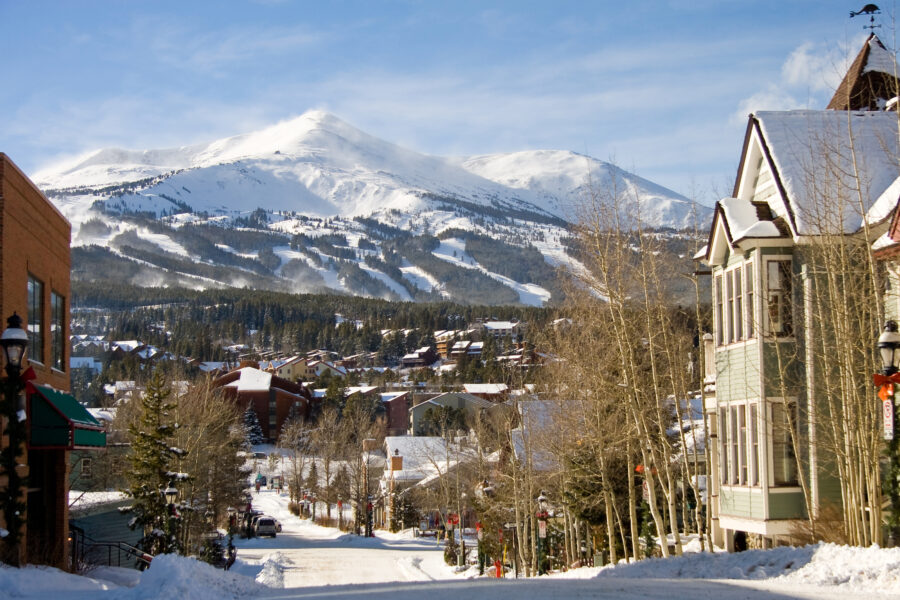
When comparing Park City and Breckenridge, getting there significantly affects your ski vacation experience. Park City has a major advantage in terms of accessibility.
It’s only about 25 minutes from Salt Lake City, making it incredibly convenient for travelers. During winter, you can often find flights to Salt Lake City from many major cities.
On the other hand, Breckenridge sits about 2 hours from Denver International Airport. This longer transfer time can add significant travel hours to your trip, especially if weather conditions affect mountain roads.
Both resorts offer excellent in-town transportation options. Park City’s free bus system connects the town with the ski areas and nearby attractions. The system is efficient and runs frequently throughout the day.
Breckenridge also maintains a free shuttle service throughout town. The buses run regularly and make getting around without a rental car easy.
For those who prefer to drive, Park City tends to have less traffic congestion than Breckenridge during peak seasons. The roads to Park City from Salt Lake City are generally better maintained and less prone to severe winter closures.
Walking is practical in both towns, with Breckenridge offering a more compact downtown area. Park City’s Main Street is charming but can require more walking between destinations. Ride-sharing services operate in both locations, providing additional transportation flexibility for visitors who don’t want to rely solely on public options.
See Related: The Top Vacation Spot in the World: Discover the Ultimate Destination
Frequently Asked Questions
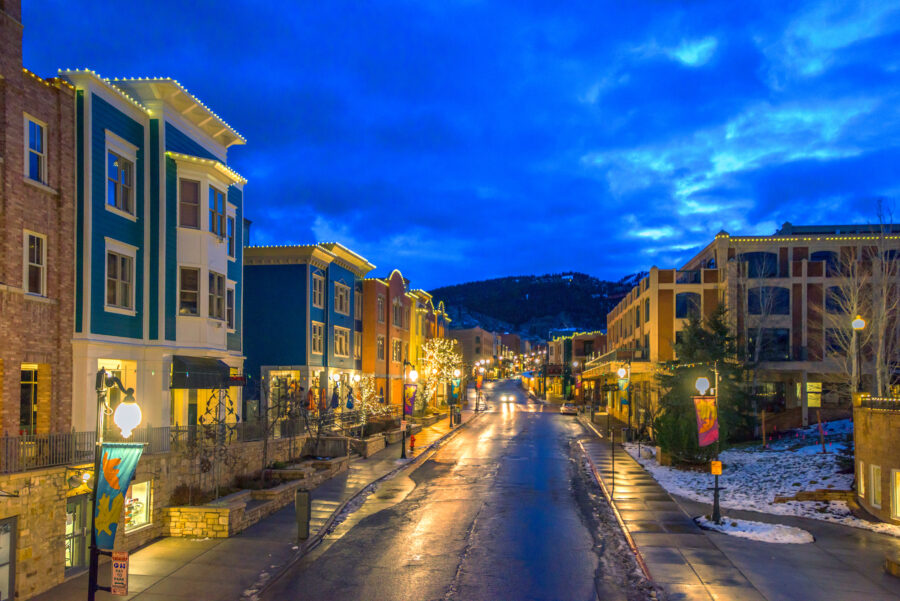
Can you provide insights on the weather patterns in Park City compared to Breckenridge?
Breckenridge sits at a significantly higher elevation, creating colder winter temperatures. Locals even joke about “Breckenfridge” due to the biting wind chill. Temperatures regularly drop below zero in January and February.
Thanks to its lower elevation, Park City enjoys milder temperatures. This means more comfortable skiing conditions but also slightly earlier spring melt. Average winter daytime highs reach the mid-30s compared to Breck’s upper 20s.
Both towns experience abundant sunshine, over 300 days annually. Park City tends to have more predictable weather patterns, while Breck can see dramatic shifts, sometimes bringing unexpected storms.
What are the cost considerations when choosing between a vacation in Park City and Breckenridge?
Park City generally ranks as the more expensive destination. Lodging prices run about 15-20% higher than comparable accommodations in Breckenridge. Dining follows the same pattern, with Park City’s restaurant scene skewing more upscale.
Transportation costs favor Park City due to its proximity to Salt Lake City’s major airport. The short 40-minute drive means rental cars aren’t strictly necessary, while Breckenridge’s 2-hour mountain drive from Denver often requires renting an SUV.
Lift tickets are similarly priced to Vail Resorts’, and both resorts accept the Epic Pass. Off-mountain activities are pricier in Park City, especially during the Sundance Film Festival when rates skyrocket.
What makes Park City a prominent destination for skiers and outdoor enthusiasts?
Park City’s accessibility sets it apart. A major international airport is just 40 minutes away, allowing visitors to ski the same day they arrive. The resort’s 7,300 acres of skiable terrain provide endless exploration possibilities across varied landscapes.
The historic Main Street creates a perfect ski town atmosphere. Its colorful mining-era buildings house high-end restaurants and shops. Unlike many ski towns, Park City offers sophisticated amenities like world-class spas and dining.
The Olympic legacy continues to influence the area. The Utah Olympic Park offers visitors chances to try bobsled runs and watch elite athletes train. The town’s investment in trail systems has also made it a mountain biking mecca during summer months.
